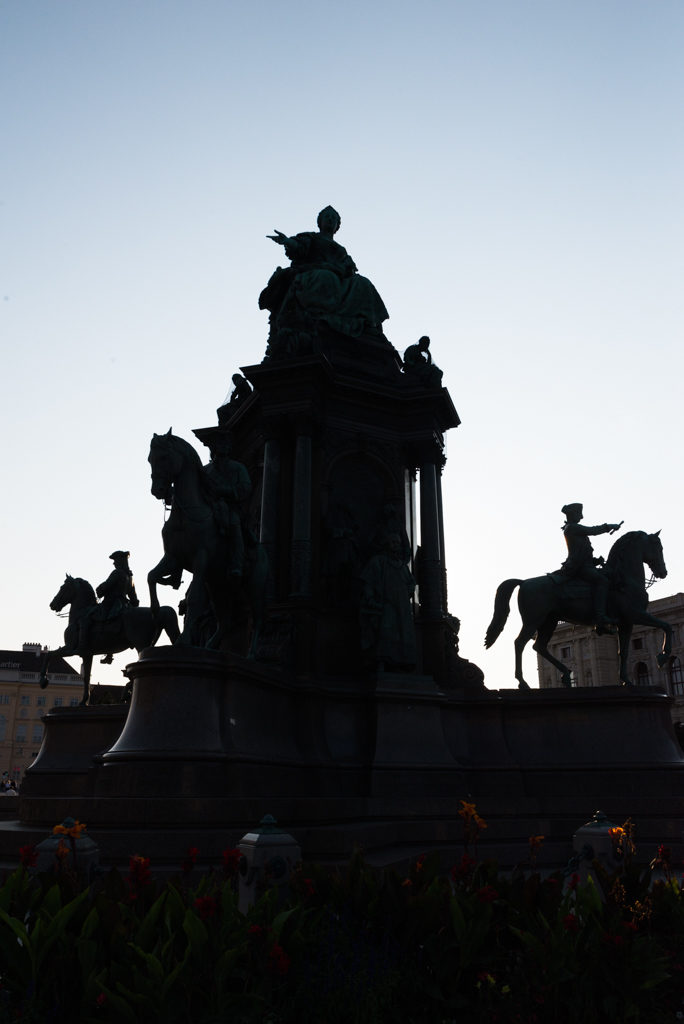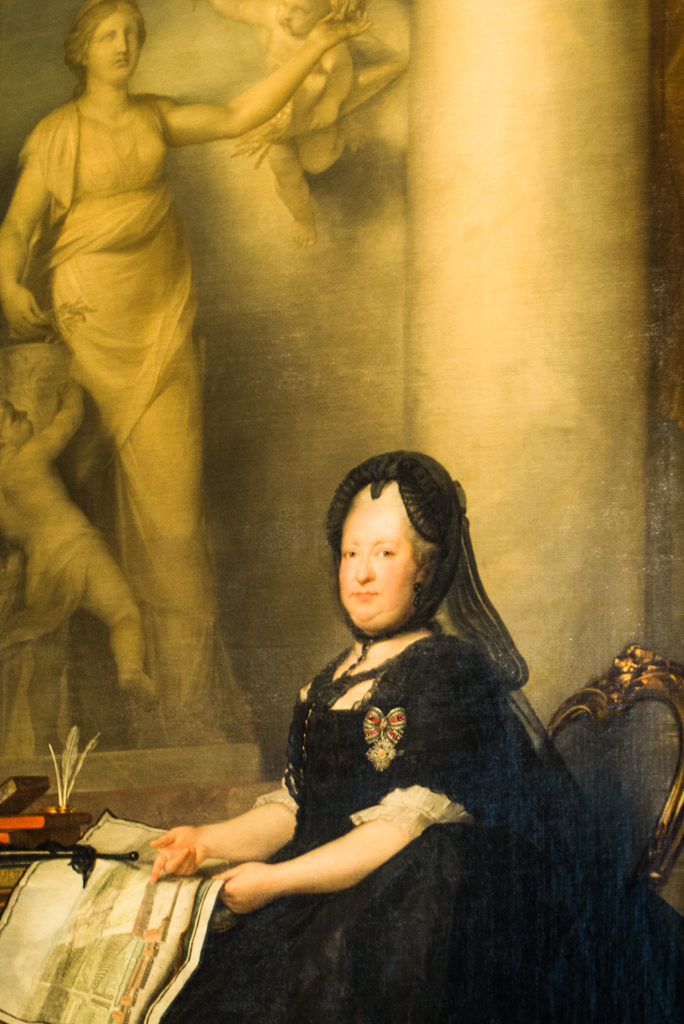
When her husband died, Mary Theresa had her bedroom wallpapered in grey silk. She had her jewelry given to her court ladies, dressed in black and wore a black veil for the rest of her life. Often she was found sitting at her late husband’s sarcophagus in Vienna’s capuchin crypt. After her own death, sixteen years later, a piece of paper was found in her prayer book, on which she had noted the duration of her marriage:
29 years, 6 months, 6 days, equals years 29, months 335, weeks 1540, days 10,781, hours 258,744.
Mary Theresa, sovereign of Austria, Hungary, Croatia, Bohemia, Transylvania, Mantua, Milan, Galicia and Lodomeria, the Austrian Netherlands and Parma had been lucky to marry the man she loved.
To her father, Emperor Charles VI, she had been a disappointment. He had wished for a son, a heir to the throne. And while he had her raised to become a lady of the court – Mary Theresa was excluded from education and contemporary erudition, but trained in painting, dancing and the French language, he still did everything to ensure she and the husband he would chose for her would follow on his throne. He chose Francis Stephen of Lorraine, by pure coincidence the man Therese loved.
At the age of 23, after her father’s sudden death from poisoned mushrooms in 1780, Mary Theresa stepped up, literally.
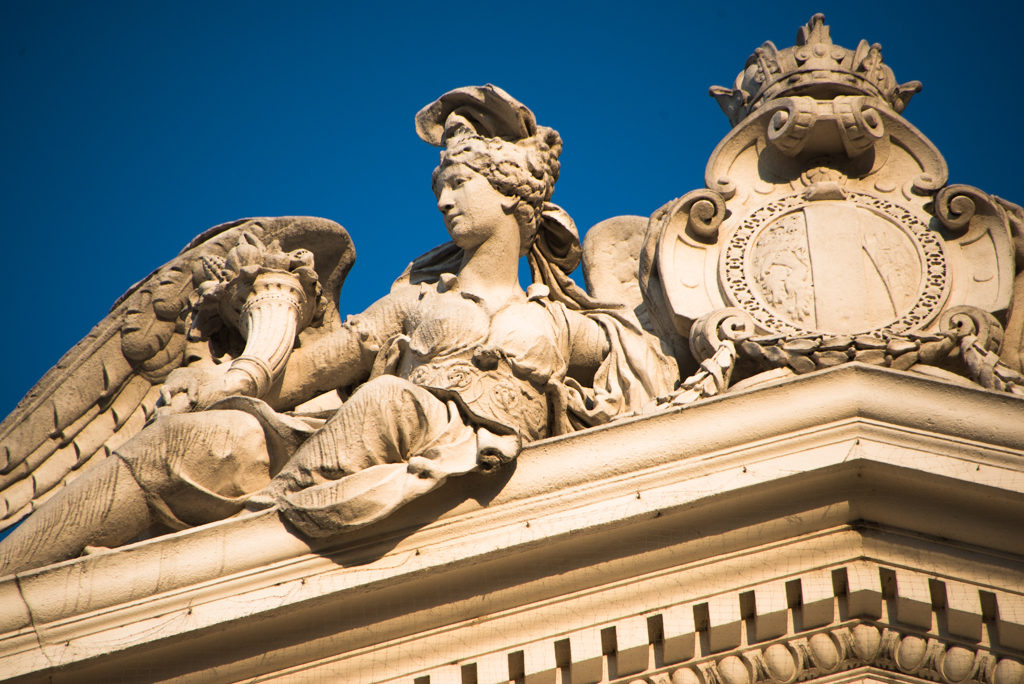
By the time of her coronation, she had been married for four years, pregnant and mother to three. The empire she inherited was run down and bankrupt, the army non-existent. On top, a female reign was considered a liability by the adversary powers. The empire was attacked right away. Yet, Mary Theresa proved herself an astute leader. She charmed other nations into supporting her.
While she negotiated successfully to have her husband crowned Holy Roman Emperor – due to her gender Mary could not be crowned Empress herself – she did not grant Francis I, as he was now called, a say in leading the Empire. On the contrary, Mary Theresa led the country as a matrone, a mother figure. Soon the country prospered under her leadership and Mary Theresa honed her image of a generous, warm mother, who loved her people as much as she loved her own off-spring. She had sixteen children. The fourth was a boy, the later Emperor Joseph II.
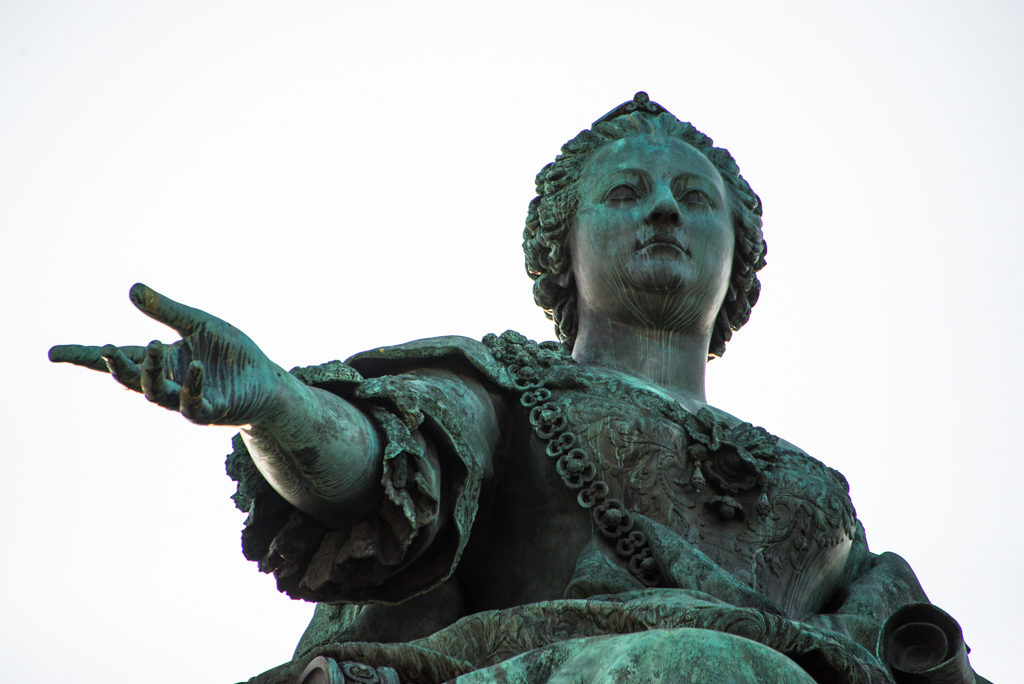
While Mary Theresa did not dispose of a powerful army, she used her 16 children to set up agreements and deals. She wedded them off all over the continent to ensure coalitions, territorial gains or military support. Her children’s feelings or love interests were of no concern to her.
Mary Theresa was an ardent catholic. She believed her power God given, and her life style reflected a puritan and strict view of the world. Yet when it came to marrying off her youngest daughter to French King Louis XVI, she even negotiated the deal with the notorious Madame Pompadour, chief mistress on the French court, of whom she did not approved. Mary Theresa believed in absolute conjugal faith. Sadly, her husband, Francis I, did not.
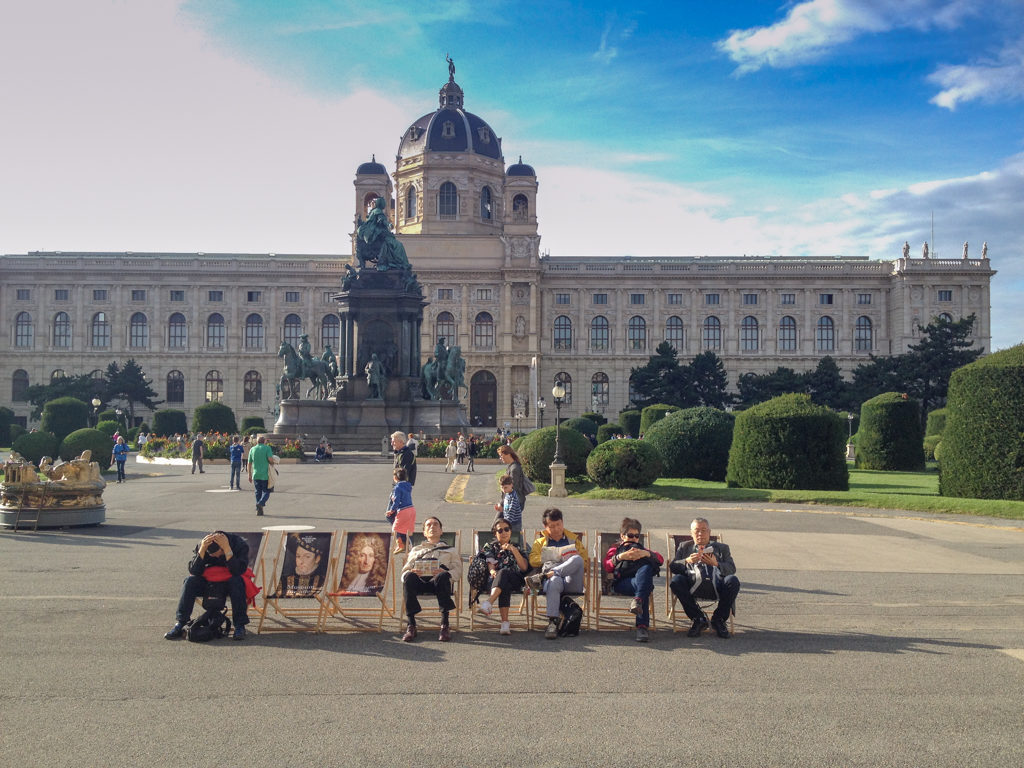
To the children of the Habsburg Empire Mary Theresa was as strict a mother as to her own children. She introduced compulsory education to all between six and fifteen. Her relationship to her own sons and daughters was as distant as their geographic location: Mary Christina was married to Saxony, Mary Amalia to Parma, Mary Karolina to Naples, Ferdinand Charles Anthony to Modena, Maximilian Francis became bishop of Cologne, and Maria Antonia was beheaded as Mary Antoinette in Paris in 1793. But this Mary Theresa never learned.
She had died in 1780 already, wearing her beloved husband’s housecoat.
